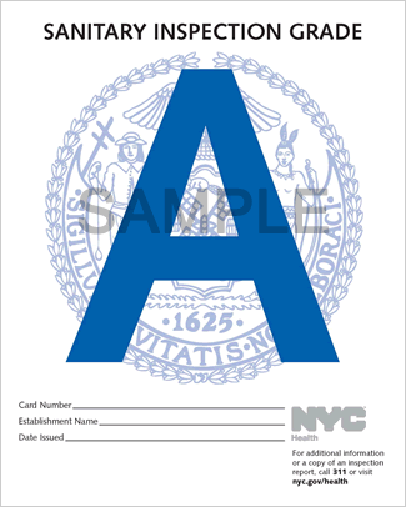Health officials in Orange County, CA, are reportedly getting ready to again propose rating restaurants with letter grades based on their latest inspection results. There have been two previous attempts to convince the county’s board of supervisors to adopt the system using A, B and C letter grades. This time, however, the proposal was requested by the board chairman, Todd Spitzer, after reports that Orange County restaurant inspectors were finding more major violations and closing more restaurants despite a budget shortfall. 
Sponsored by Marler Clark
